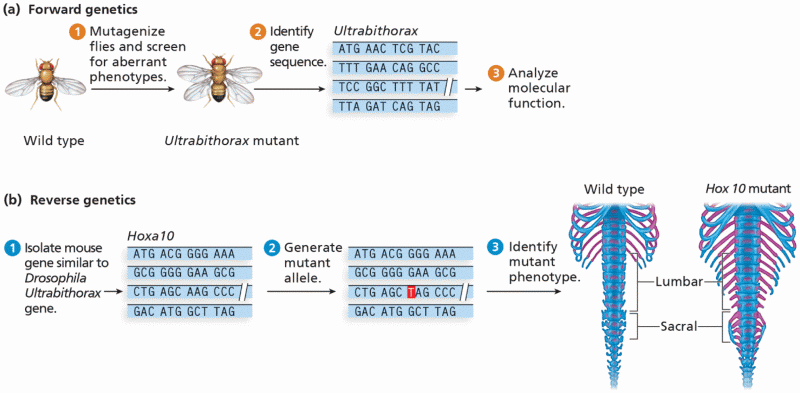In general, which of the statements below best describes what happens in terms of composition as crystallization proceeds down the Bowen's reaction series (shown in the figure)?
A) The early-formed silicates are enriched in iron and magnesium, resulting in such rocks as andesite and granite. As crystallization proceeds, the later-formed silicates are enriched in sodium, potassium, and silicon, resulting in and basalt.
B) The early-formed carbonates are enriched in calcium and carbonate, resulting in such rocks as limestone. As crystallization proceeds, the later-formed carbonates are enriched in fossils, resulting in fossiliferous limestone and coquina.
C) The early-formed silicates are enriched in iron and magnesium, resulting in such rocks as peridotite and basalt. As crystallization proceeds, the later-formed silicates are enriched in sodium, potassium, and silicon, resulting in andesite and granite.
D) The early-formed silicates are enriched in sodium, potassium, and silicon, resulting in such rocks as peridotite and basalt. As crystallization proceeds, the later-formed silicates are enriched in iron and magnesium, resulting in andesite and granite.
Question 2
Consult the image that depicts Bowen's reaction series. What can be said of the temperature at which a granite crystallizes?
A) Granite crystallizes at temperatures of about 750 C.
B) Granite crystallizes at temperatures of about 900 C.
C) Granite crystallizes at temperatures of about 1200 C.
D) Nothing can be deduced from this chart about the crystallization temperature of any igneous rock.








